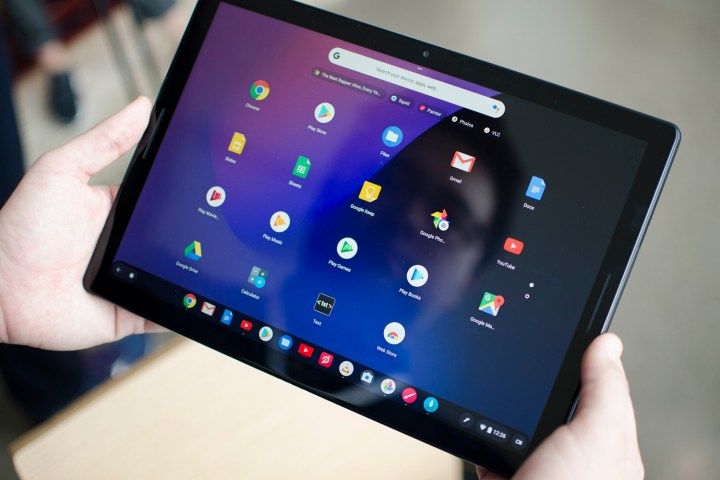
Managing your apps on Chrome OS can be a pain. The operating system supports Chrome extensions, Progressive Web Apps, Android Apps, and even Linux apps, but trying to remove or control settings for each often involves visiting separate menus. Well, that might soon change as Google is working on a new “App Service” project which will clean up app management on Chrome OS.
In-depth documentation for the “App Service” project is available online and details a five-part method for unifying and simplifying the way apps are seen across Chrome OS. For developers, the project is all about “creating a uniform way for Chrome OS to get information about and interact with apps,” according to a report from 9to5Google.
Currently, a page is available in Chrome OS Canary which offers a partial preview of what could lay ahead for “App Service.” As noted by Chrome Story, it can be accessed by navigating to chrome://apps after visiting chrome://flags/#app-management. Though still not final, the page shows a list of all the installed Android and Chrome apps and lets you manage the settings for each individually, without having to visit separate pages. There’s still no word yet on when the full-on feature will make its way to non-beta builds of Chrome OS.
On the technical side, the first three parts of the process involve listing installed apps in the App Registry, loading an app’s icon at various resolutions, and launching apps and tracking app instances. Subsequent parts involve installing, uninstalling, and updating apps, and keeping system-wide settings for apps. Google divides this up into what it calls “App Registry,” “App Icon Factory,” “App Runner,” “App Installer,” and “App Coordinator.”
Chrome OS is always evolving and has picked up several features over the past few months. These include a tablet view option, and a slight revamp of the user interface which gives the operating system a feel more adapted to tablets. Complete with support for a compact touch keyboard and along with better app management, these are all features that could be appreciated by consumers buying Chrome OS devices. In fact, with our review of the new Google Pixel Slate, we found that Chrome OS manages to blend two operating systems on one device, with the goal of reviving the Android tablet and delivering a single device that replaces both a tablet and a laptop.
Editors' Recommendations
- Google quietly launches a new text-to-video AI app
- 5 calendar apps you should use instead of Google Calendar
- Google brings AI to every text field on the internet
- Fake AI images are showing up in Google search — and it’s a problem
- Google’s new AI model means the outlook for weather forecasting is bright

